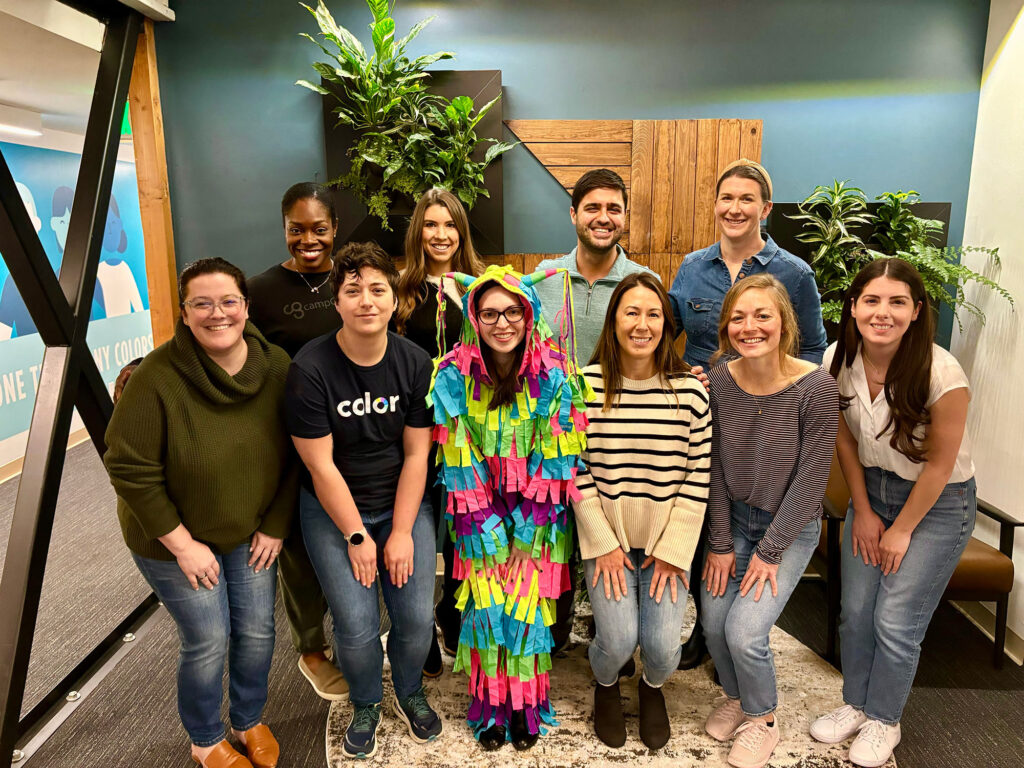News & Articles
Color Around The Globe – Color
andreia gardner
At the opening plenary session of the Human Genetics Society of Australia here in Sydney, Daniel MacArthur from the Broad Institute suggested that every possible genetic variant that is compatible with life likely exists right now, in today’s population. The main challenge: how do we capture that data, and use the knowledge for the good of everyone?
Testing the lucky few
In the United States, as in many countries, testing is usually only available to those with the strongest personal and family history based on published eligibility guidelines. These guidelines were first developed when testing cost thousands of dollars, and while helpful in preserving resources for those at the highest risk, they often exclude people who need and want access to their genetic information.
The difficult truth is there are many more barriers in other countries around the world, especially in developing countries. While national health systems sometimes cover the full cost of testing, this often comes with high price tags and long turnaround times, leading to even more restrictive criteria and fewer resources available. On the other end of the spectrum, testing in some countries is universally accessible because the rate of mutations is quite high. In Israel, for example, where one in 40 Ashkenazi Jews is known to have a mutation in BRCA1 or BRCA2, population testing is becoming more common.
Increasing access everywhere
At Color, we believe in increasing access not just for the US, but around the globe. Our service is available in over 140 countries, and we’re so excited to share our global data for the first time here at HGSA. You may see some surprises: for example, in under-tested countries like Greece, Brazil, and Colombia, positive rates are actually higher than Israel! Curious to know how your country’s mutation rate compares?
More than just BRCA
Multi-gene panel testing as a first-line approach is clearly increasing the detection rate for clinically actionable cancer-causing mutations around the world. Even in Israel, only about half of the mutations we detected were Ashkenazi Jewish founder mutations in BRCA and APC, consistent with our previous findings. The same is true for most other countries, including developing countries where panel testing was previously not available at all!
The bottom line
In the past, eligibility criteria for testing made sense because the cost of testing was so high. Now that affordable options are available, access is increasing, and evidence continues to show the criteria are missing a large portion of mutation carriers. Positive rates in our Hispanic (20.6%) and Asian (13.2%) populations were very similar to Ashkenazi Jewish (16.3%), which suggests the model for testing across countries should be more consistent. It’s also important to share the findings; when diverse populations are represented in research data, everyone around the world benefits, and the only way to collect more data is to make testing more available.
Color believes the world is ready for increased access to hereditary testing. Contact us at providers@color.com to learn how we can help you bring testing to those who need it in your country.



